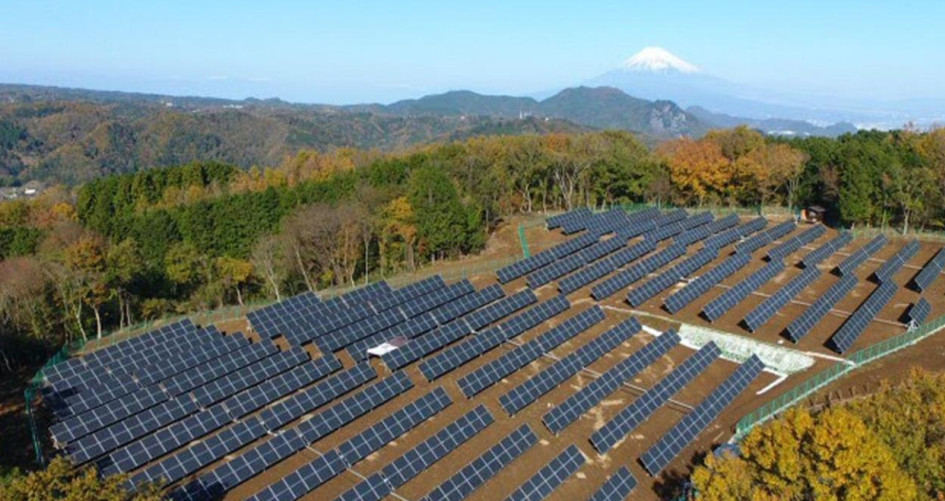UN Climate Change News, 21 September 2021 - With the crucial UN Climate Change Conference COP26 in Glasgow less than six weeks away, a key body of UN Climate Change, the Technology Executive Committee (TEC), met from 7 to 10 September to explore how to ramp up the implementation of innovative climate technologies.
With technology playing a key role in implementing countries’ national climate action plans, known as NDCs, under the Paris Agreement, the TEC and the Climate Technology Centre and Network (CTCN) completed joint work on a publication examining the role of technology in directly supporting implementation of NDCs, with a variety of examples from different regions.
Among the 8 case studies featured in the TEC/CTCN publication is Bhungroo technology from India. "Bhungroo” is a colloquial word in India and means straw or hollow pipe. As a storm water management technology it filters, injects and stores excess storm water through pipes within subsoil layers. The successful uptake of the technology at the rural community level was ensured by building on locally available resources and skills and locally manageable maintenance processes. Bhungroo is also an initiative celebrated by the UN's Momentum for Change global climate action awards.
The contribution of this technology to NDC implementation includes: Better adapting to climate change through increased investments in vulnerable sectors, including agriculture, water and disaster management.
Important policy recommendations agreed at TEC meeting
At its meeting, the TEC agreed on a set of three policy recommendations. One of these, Innovative approaches to stimulating the uptake of existing climate technologies, examines innovative ways of scaling up promising climate solutions in developing country markets, highlighting good practice examples from around the world.
A particular example of the role of stakeholders as drivers for change is that of ‘champions’ helping to accelerate climate technology implementation within developing countries.
Further recommendations under Good practices and lessons learned from international collaborative research, development and demonstration (RD&D) initiatives in relation to climate technology, include alignment with national climate strategies and priorities; knowledge sharing and local capacity building; as well as engagement of the private sector in the early stages of technology development.
On the topic of endogenous capacities and technologies, the TEC compiled a wide range of strategies that can be used to create enabling environments for developing endogenous technologies, including collaboration, financing and building technical skills.
TEC achieves gender balance in events this year
The TEC has made significant progress in mainstreaming gender into its work since the adoption of its approach on gender at its 19th meeting and the appointment of two gender focal points in 2020.
At its 23rd meeting, the TEC reported the historical achievement of gender balance in its events in 2021, with more women than men participating in TEC events. Appreciating the work of the gender focal points, TEC chair Stephen Minas said: "We are reversing the historical overrepresentation of men in all the previous years of the TEC's work. This is only a starting point. It sets the benchmark for future years of TEC work and for other constituted bodies.”
More information about the TEC23 meeting is available here.
The recordings of the TEC23 and TEC-CTCN Joint session are available here.
